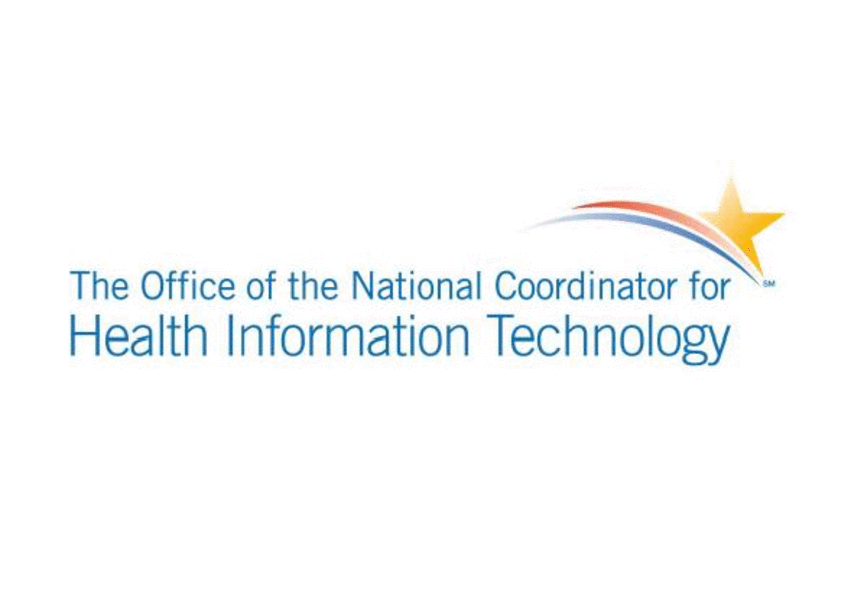About the Challenge
Background
Disparities in prevention, early treatment, and final outcomes exist across the spectrum of cancer types and are often amplified in women’s health when we look at breast cancer and gynecologic cancers—primarily cervical, uterine, and ovarian cancer. With over 300,000 new cases combined and 68,000 deaths annually,[1] the impact that these cancers have on the United States cannot be overstated. While the incidence and prevalence of these malignancies is as socially and geographically diverse as our nation, they strike minority and underserved women with a disproportionate lethality caused by many factors, among them:
- Access to and engagement in comprehensive preventive care services;
- Referral and access to appropriate treatment centers, including tertiary cancer centers for advanced treatment protocols, especially when there is a need for complex care coordination across medical, surgical, and radiation oncologic teams; and
- The radical nature of therapy for advanced cases eliminates those without extremely strong social supports.
In particular, the prevention strategies for these cancers cross the gambit of social and technical modalities from radiology (e.g., mammography) to advanced immunotherapy and vaccination (e.g., HPV vaccine). The clinical communities that treat and care for these patients is, likewise, among the broadest group of clinical disciplines that can be aggregated—from primary care and the surgical specialties to some of the most cutting-edge radiation oncology and medical oncology groups. But more importantly, any failure of our healthcare system to adequately prevent one of these cancers is most often a failure to address a myriad of social challenges, from education and access to health literacy and community support.
Challenge Description
This challenge is a multidisciplinary call to innovators and developers to create a mobile device-optimized tool that engages and empowers women to improve the prevention and treatment of breast, cervical, uterine, and ovarian cancer in underserved and minority communities and interfaces with provider electronic health records (EHRs). The tool will achieve the following:
- Provide general information regarding preventive and screening services for breast and gynecologic cancers—including, but not limited to, benefits, timing, scheduling, and location.
- Allow for the interface with patient health records or provider-sponsored patient portals to provide specific reminders and trigger electronic health record-based clinical decision support regarding the timing of preventive services.
- Support the storage, viewing, and exchange of complex patient care plans. In particular, the tool will help strengthen communication among provider care teams, possibly spread out across large geographic locations, to afford optimal remote follow-up (e.g., be able to send patient information to electronic health records via Direct)
- Support patient engagement and care giver support to help patients and/or their caregivers keep track of complex care plans, such as connections to community health workers, promotores de salud, or patient navigators.
- Be optimized for use on mobile devices.
Timeline
- Submission Period Begins: August 23, 2012
- Submission Period Ends: February 5, 2013
- Winners Announced: Conference TBD, March-April 2013
Prizes
- Total: $100,000 in prizes
- First Place: $85,000 plus conference exhibition opportunity
- Second Place: $10,000
- Third Place: $5,000
Submission Requirements
In order for an entry to be eligible to win this Challenge, it must meet the following requirements:
- General – Contestants must provide continuous access to the app, a detailed description of the app, instructions on how to install and operate the app, and system requirements required to run the app (collectively, “Submission”)
- No HHS or ONC logo – The app must not use HHS’ or ONC’s logo or official seal in the Submission, and must not claim endorsement.
- Section 508 Compliance – Contestants must acknowledge that they understand that, as a pre-requisite to any subsequent acquisition by FAR contract or other method, they may be required to make their proposed solution compliant with Section 508 accessibility and usability requirements at their own expense. Any electronic information technology that is ultimately obtained by HHS for its use, development, or maintenance must meet Section 508 accessibility and usability standards. Past experience has demonstrated that it can be costly for solution-providers to “retrofit” solutions if remediation is later needed. The HHS Section 508 Evaluation Product Assessment Template, available at http://www.hhs.gov/od/vendors/index.html, provides a useful roadmap for developers to review. It is a simple, web-based checklist utilized by HHS officials to allow vendors to document how their products do or do not meet the various Section 508 requirements.
- Functionality/Accuracy – A Submission may be disqualified if the application fails to function as expressed in the description provided by the user, or if the application provides inaccurate or incomplete information.
- Security – Submissions must be free of malware. Contestant agrees that the ONC may conduct testing on the app to determine whether malware or other security threats may be present. ONC may disqualify the app if, in ONC’s judgment, the app may damage government or others’ equipment or operating environment.
Review Criteria
The review panel will make selections based upon the following criteria:
- Patient engagement: Incorporating patient-reported information
- Quality and accessibility of information: Providing high quality, evidence-based information and interventions using plain language (http://www.plainlanguage.gov/howto/guidelines/reader-friendly.cfm), a clear display that considers usability on a small-screen interface (http://www.usability.gov/articles/newsletter/pubs/122008news.html, http://www.usability.gov/articles/newsletter/pubs/052010news.html), and targeting patients with a range of health literacy levels (http://www.health.gov/healthliteracyonline)
- Targeted and actionable information: Providing tailored information, recommendations, and reminders
- Links to online communities and/or social media: Link patients with others who are facing the same health challenges through social media sites or organizations, such as the American Cancer Society, and to other sources of support, such as community health workers, patient navigators, or promotores de salud
- Innovativeness and usability: Innovativeness and an easy-to-use interface for patients with a range of experiences and comfort levels with technology
- Non-English language availability: Availability of the tool in languages used in minority and underserved communities
[1] http://www.cancer.org/acs/groups/content/@epidemiologysurveilance/documents/document/acspc-031941.pdf
Important dates
- Submission Period:
- Start: Aug 24, 2012 10:00 AM EDT End: Feb 05, 2013 11:00 PM EST
- Winners announced:
- Mar 15, 2013 12:00 PM EDT



